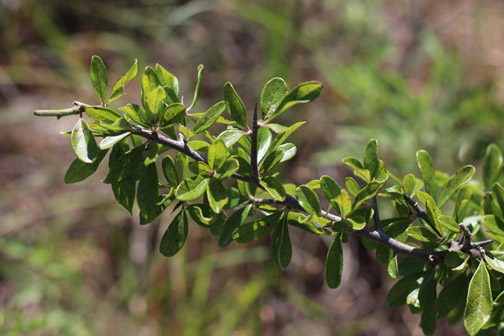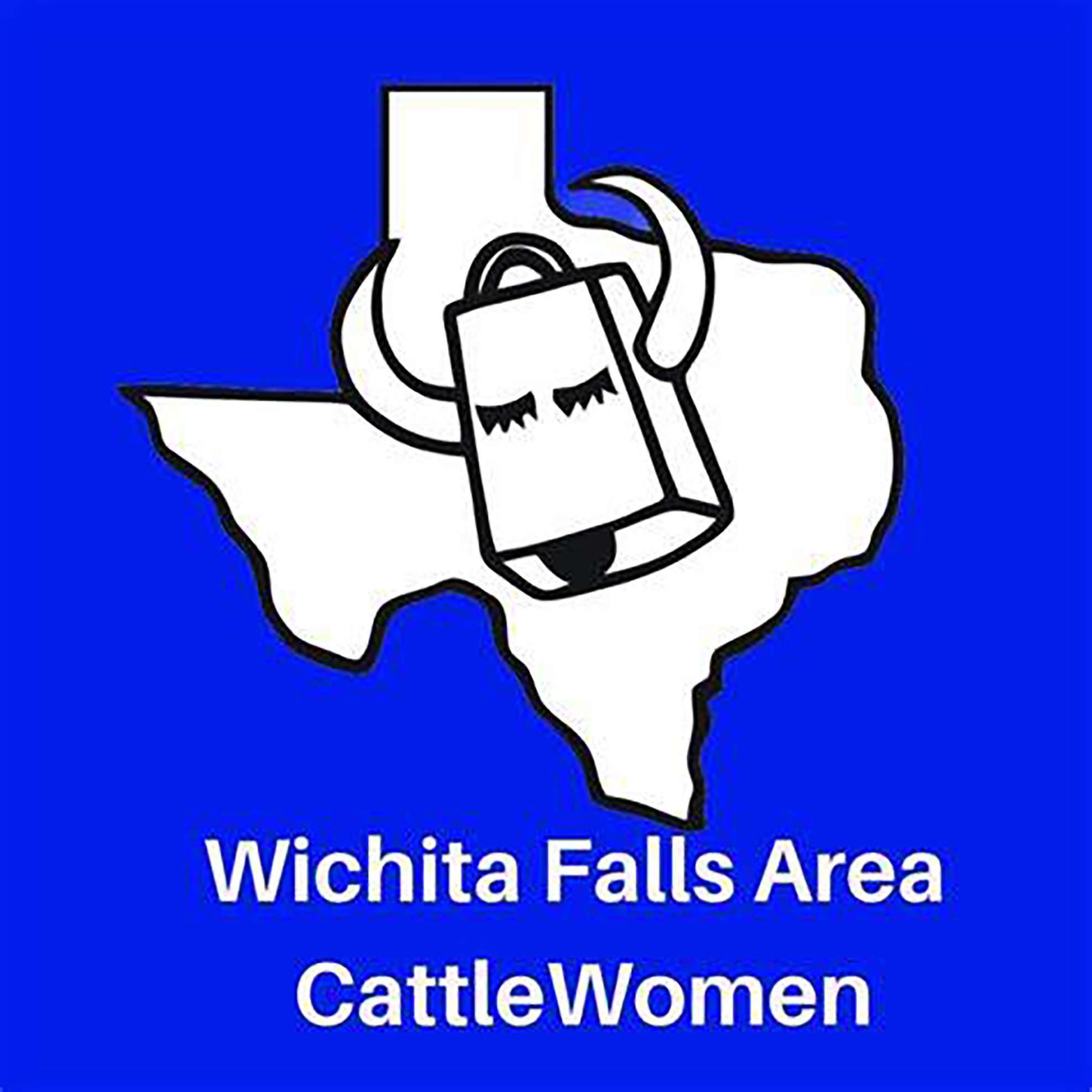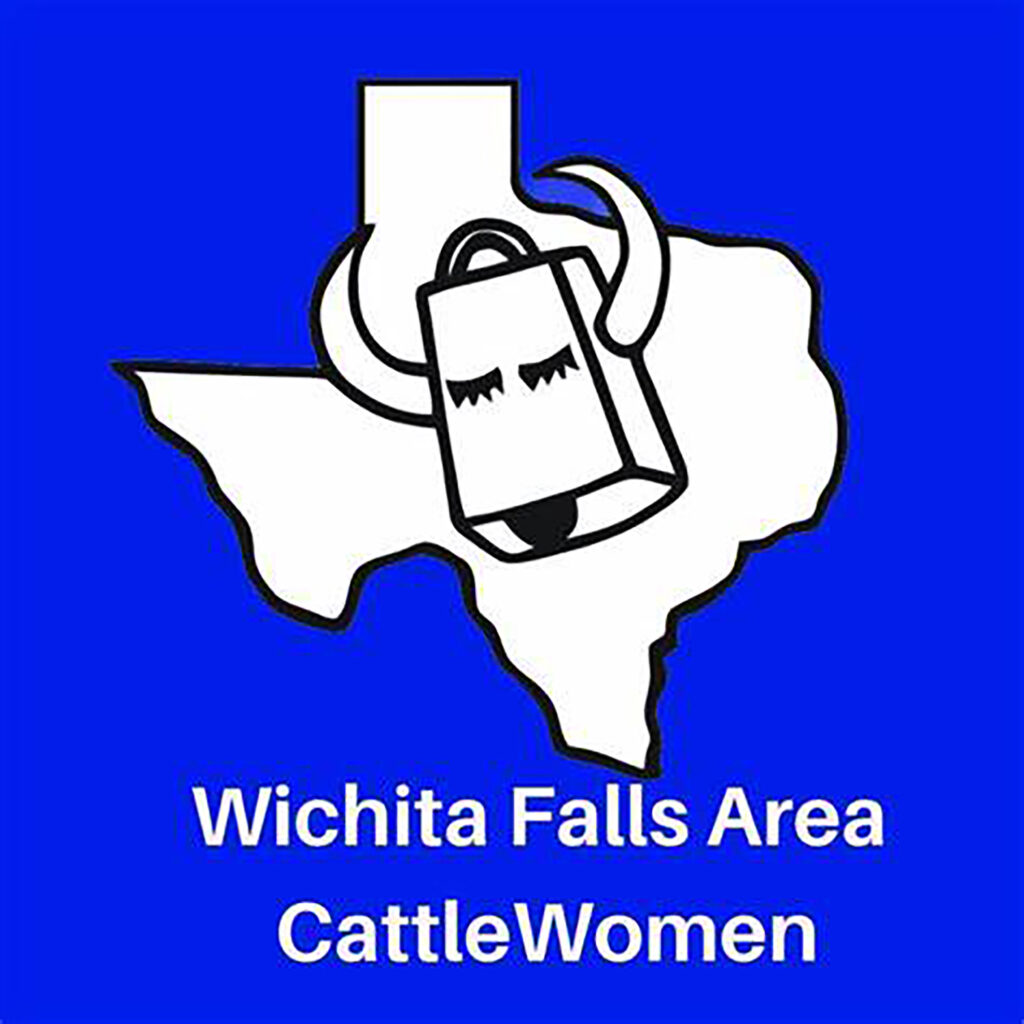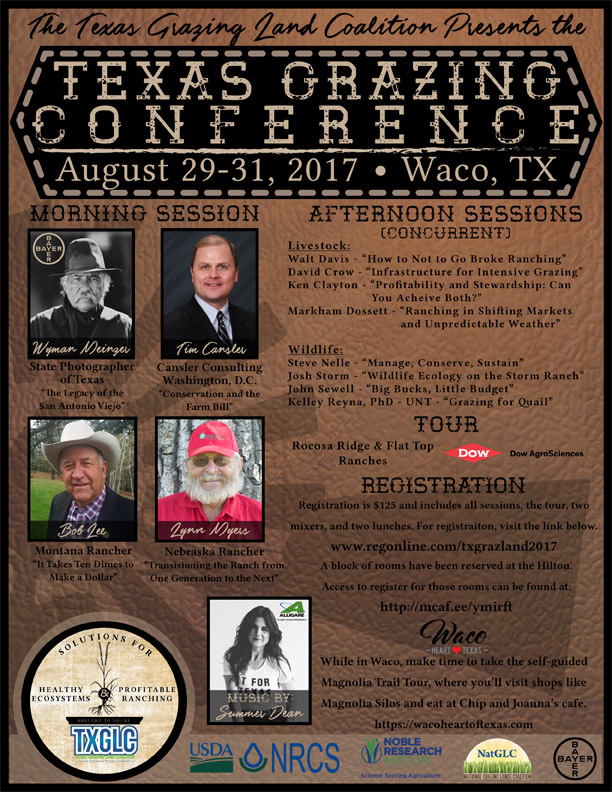HOME
Grazing North Texas – Bumelia

By Tony Dean
Bumelia is one of our more important wildlife browsing plants, but it is not particularly well known by many ranchers. It does, however, have a long list of common names, including Chittamwood, Gum-elastic, Wooly-bucket bumelia, Gum bumelia, Woolly buckthorn, and others. It is native to much of the southern United States, including most of Texas except the extreme north and western parts of the state. This rangy shrub or small tree is usually found as a bush growing 12 to 18 feet tall or less. It can, however, under ideal growing conditions, reach 45 feet in height. I have seen a Bumelia about 30 feet tall growing along the Red River in Northern Clay County.
Bumelia is a perennial root-sprouting shrub. It is often found as a single plant or group of two or three plants, but can be found in larger colonies.
The thick branches can form a good cover for many forms of wildlife, including quail. The trunk will often be straight, with many zigzagging branches. The bark is usually blotched dark grey and reddish-brown and the short branches have spine-tipped branchlets that resemble thorns.
The leaves are clustered on the short branches and are dark green on the top and lighter green on the bottom.
Bumelia often retains its leaves for extended periods and is considered a semi-evergreen. The flowers are tiny white in clusters growing at the bottom of the leaves, and the fruit is a green berry that turns shiny black. The crude protein for new leaves can reach 20 percent to 25 percent in spring and mature leaves in the fall can be at 14 percent. Cattle will browse on the shrub at times, but sheep, goats, and deer are usually heavy users.
To read more pick up a copy of the July 2017 NTFR issue. To subscribe call 940-872-5922.
The 2017 Texas Grazing Land Conference, sponsored by TXGLC and others, is scheduled for Aug. 29-31, 2017, in Waco, Texas, at the Waco Convention Center. The conference is entitled “Solutions for Healthy Ecosystems and Profitable Ranching,” and will feature practicing ranchers and others sharing what works for them in sustainable ranching. Wyman Meinzer, State Photographer of Texas, will entertain with “The Legend of San Antonio Veijo.” Other speakers will include Walt Davis on “How Not To Go Broke In Ranching,” Ken Clayton addressing “Profitability and Stewardship: Can You Achieve Both?” Dr. Kelly Reyna on “Grazing for Quail,” and others addressing range and wildlife questions. The meeting will conclude with a tour of two area ranches. Go to ww.texasglc.org for meeting details and registration information or follow the link www.regonline.com/txgrazland2017.
HOME
Preparing Spring Gardens

By Hannah Claxton | Editor
The North Texas area is located within USDA Hardiness zones seven and eight. The zones are categorized by predicted low temperatures for winter and timing of the first and last frosts.
Zone seven usually has winter low temps between 0 and 10 degrees F with the average date of the first frost falling between Oct. 29 and Nov. 15 and the average date of the last frost falling between March 22 and April 3.
Overall, these two zones have similar climates and growing conditions, making the options for timing and variety within a garden very similar.
In these zones, cool-season crops should go in the ground in March, meaning that soil preparation should start now.
To read more, pick up a copy of the January edition of North Texas Farm & Ranch magazine, available digitally and in print. To subscribe by mail, call 940-872-5922.

HOME
Equine Vaccinations

By Heather Lloyd
Vaccinations are a critical component of maintaining the health and well-being of horses, especially in environments where they are exposed to other animals, such as in the sport, show and performance arenas. Horses, like all animals, are susceptible to various infectious diseases that can spread quickly and cause serious harm.
A routine vaccination schedule helps prevent the spread of these diseases by preparing the horse’s immune system.
To read more, pick up a copy of the November edition of North Texas Farm & Ranch magazine, available digitally and in print. To subscribe by mail, call 940-872-5922.

HOME
Wichita Falls Area Cattlewomen

Having herds on a controlled breeding schedule means that we have a predictable calving schedule, and while it’s only over a couple of months, for us it does fall right after the start of the year. I lobby annually to call ours the “Winter calving season”, but I am outvoted and my husband still refers to it as Spring. Unlike producers in our Northern States, we don’t have to contend with brutally harsh winter weather, and on those rare times we do, thankfully it is not for extended periods. Regardless of whether you have a Spring or a Fall calving schedule, the health of a newborn calf begins with the mother’s health, and the mother’s health is largely dependent on the producer.
To read more, pick up a copy of the November edition of North Texas Farm & Ranch magazine, available digitally and in print. To subscribe by mail, call 940-872-5922.

-

 Country Lifestyles2 years ago
Country Lifestyles2 years agoScott & Stacey Schumacher: A Growth Mindset
-

 Country Lifestyles8 years ago
Country Lifestyles8 years agoStyle Your Profile – What your style cowboy hat says about you and new trends in 2017
-

 HOME8 years ago
HOME8 years agoGrazing North Texas – Wilman Lovegrass
-

 Outdoor10 years ago
Outdoor10 years agoButtercup or Primrose?
-

 Country Lifestyles5 years ago
Country Lifestyles5 years agoAmber Crawford, Breakaway Roper
-

 Equine1 year ago
Equine1 year agoThe Will to Win
-

 Country Lifestyles9 years ago
Country Lifestyles9 years agoJune 2016 Profile – The man behind the mic: Bob Tallman
-

 Country Lifestyles8 years ago
Country Lifestyles8 years agoDecember 2016 Profile, Rusty Riddle – The Riddle Way





